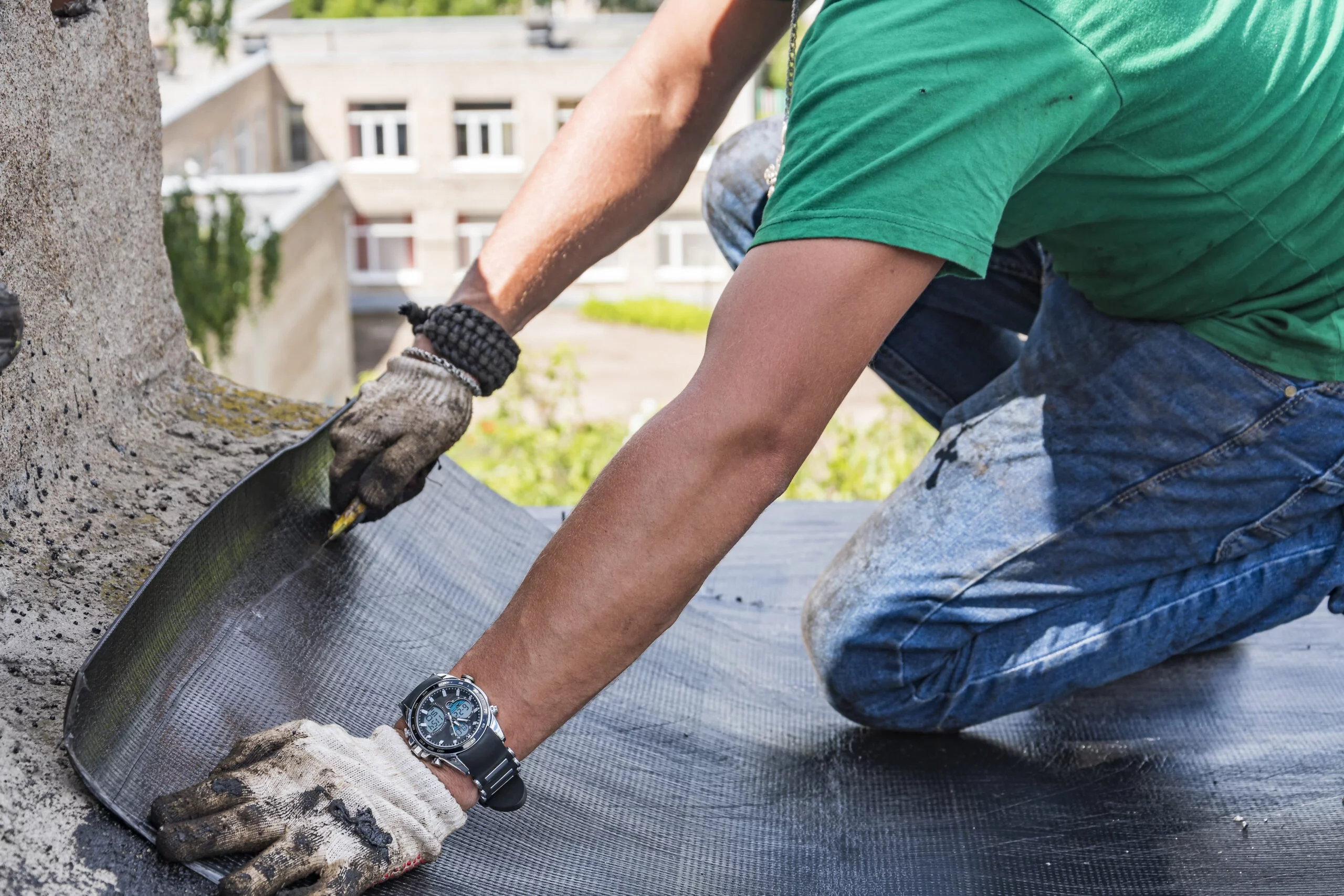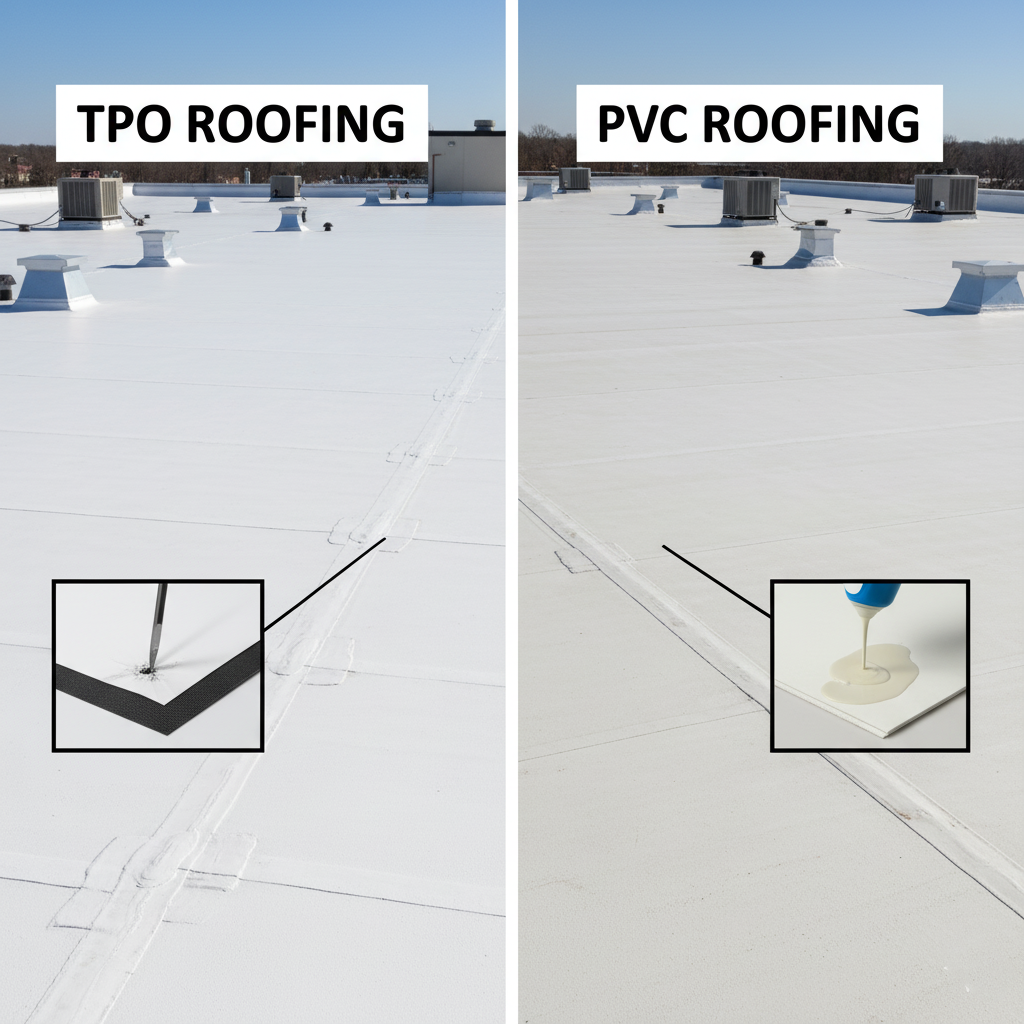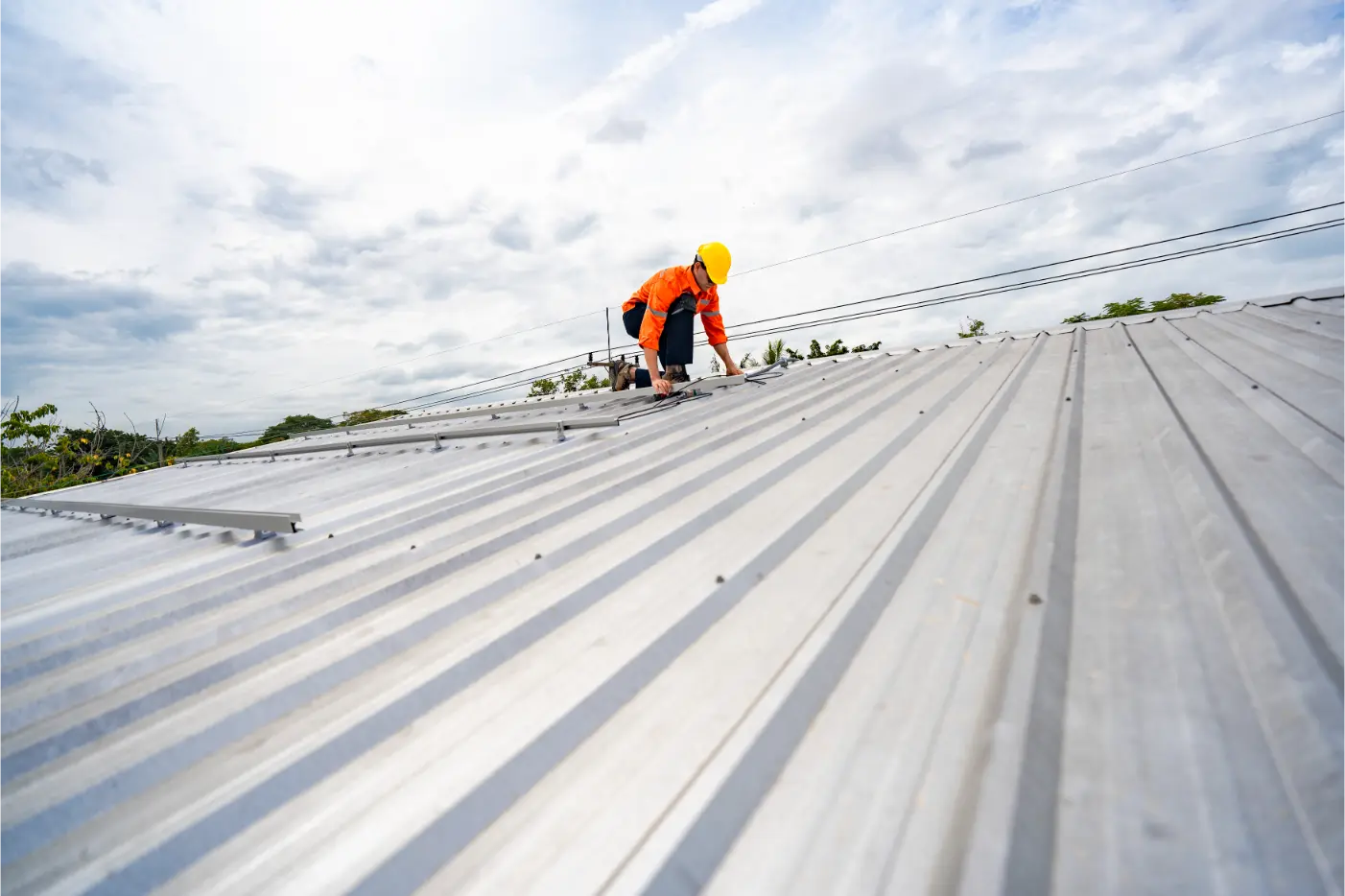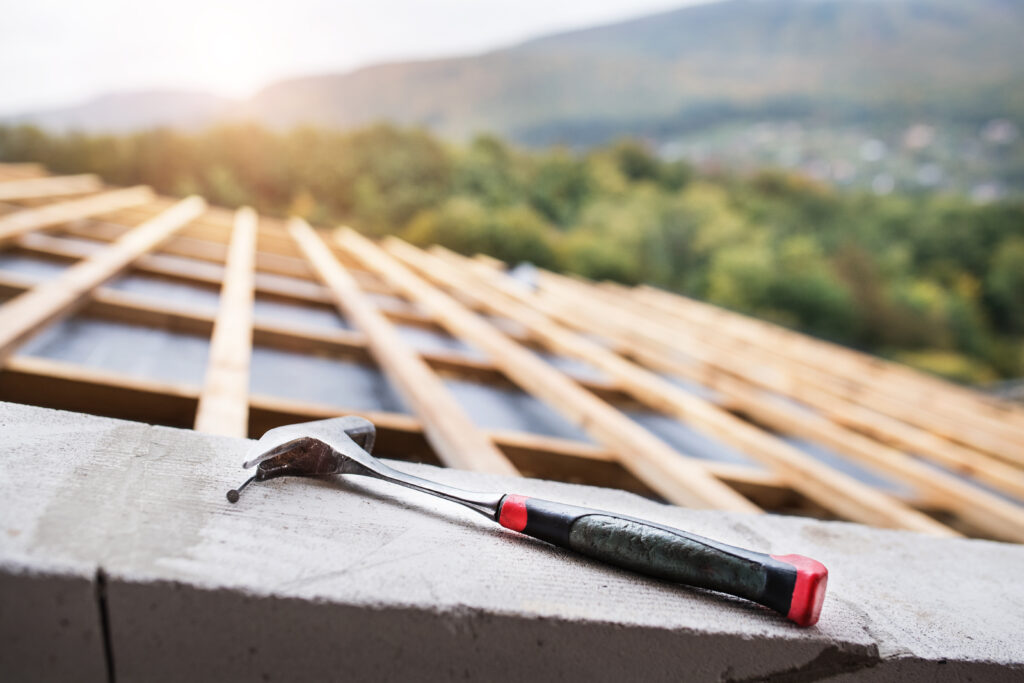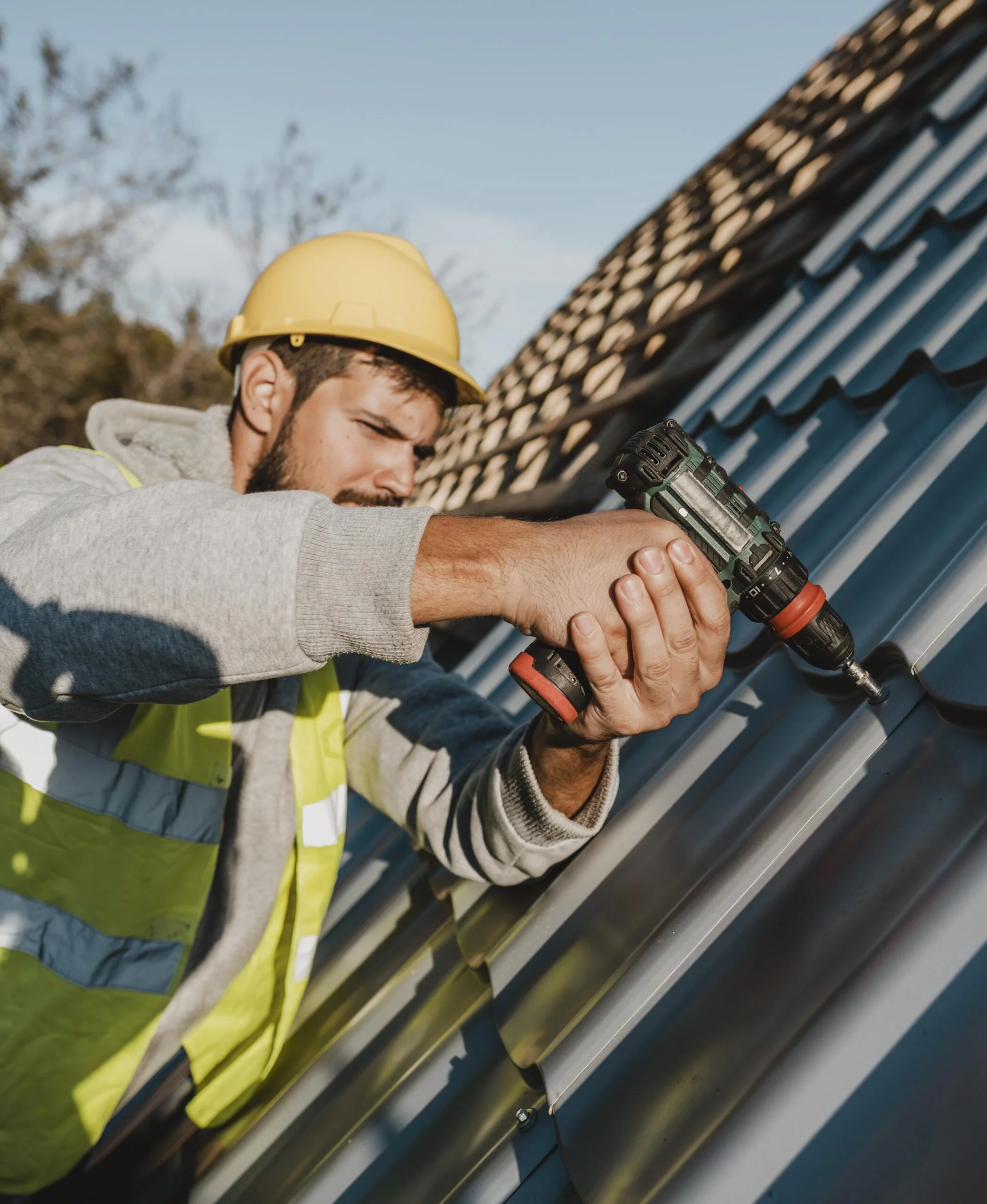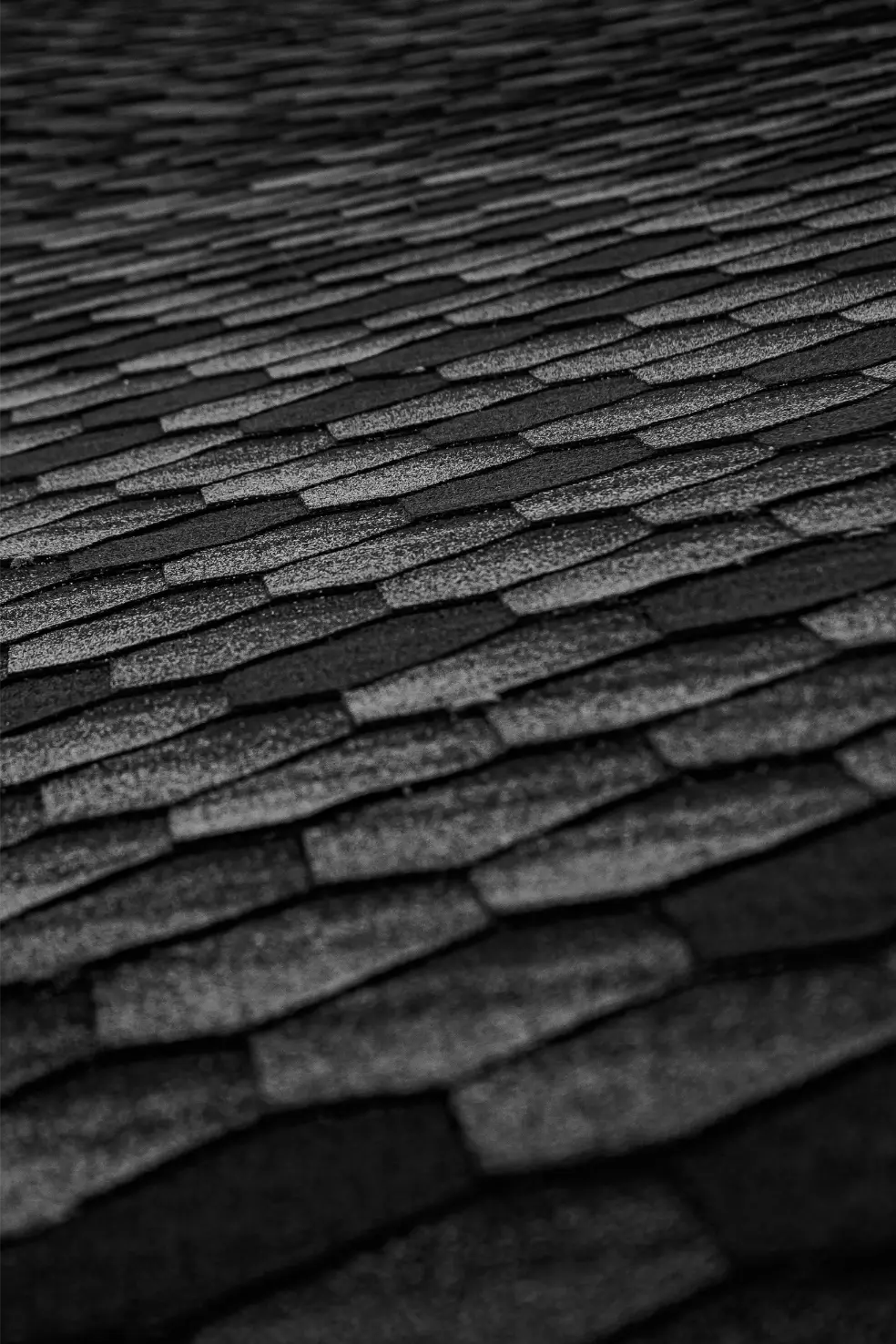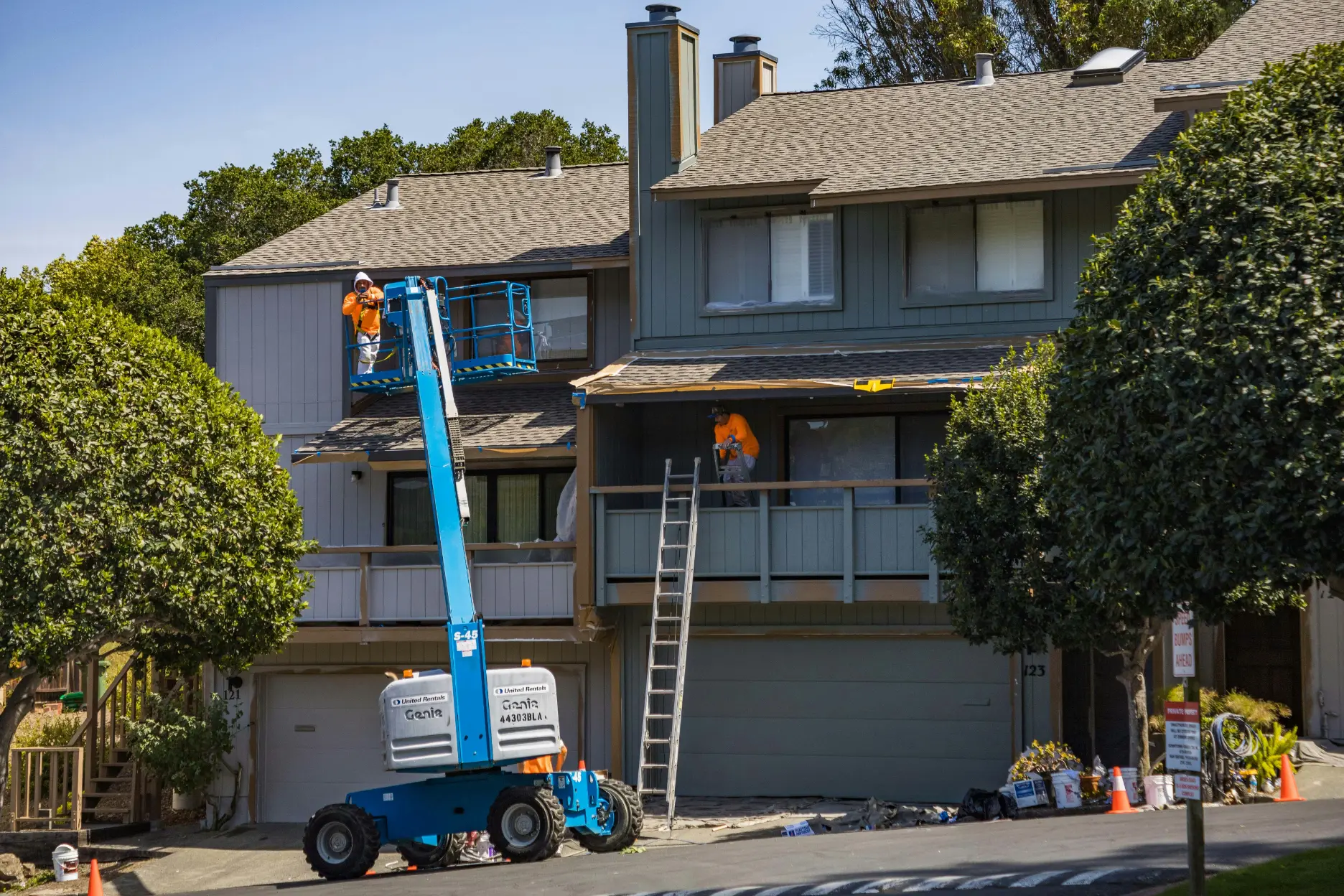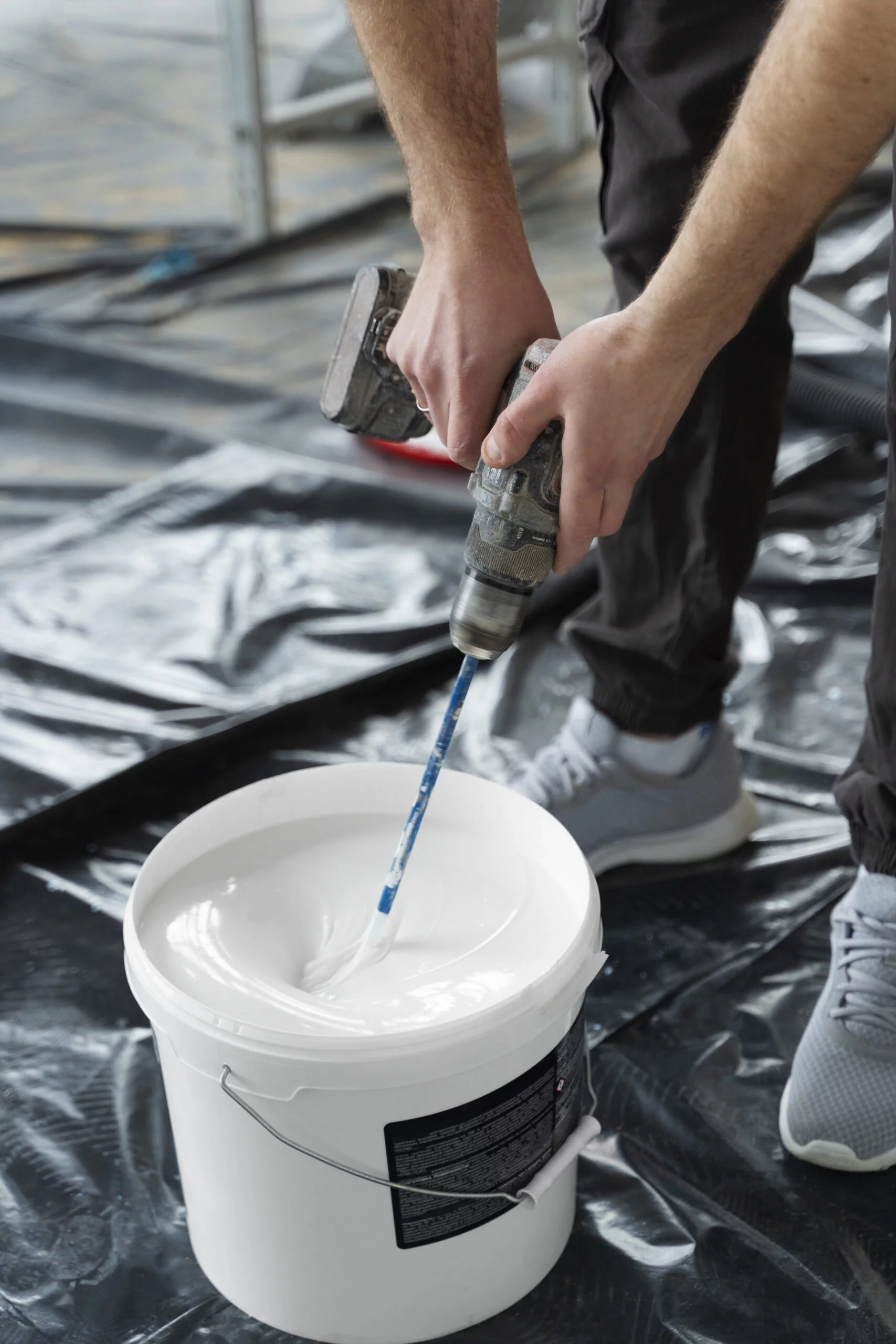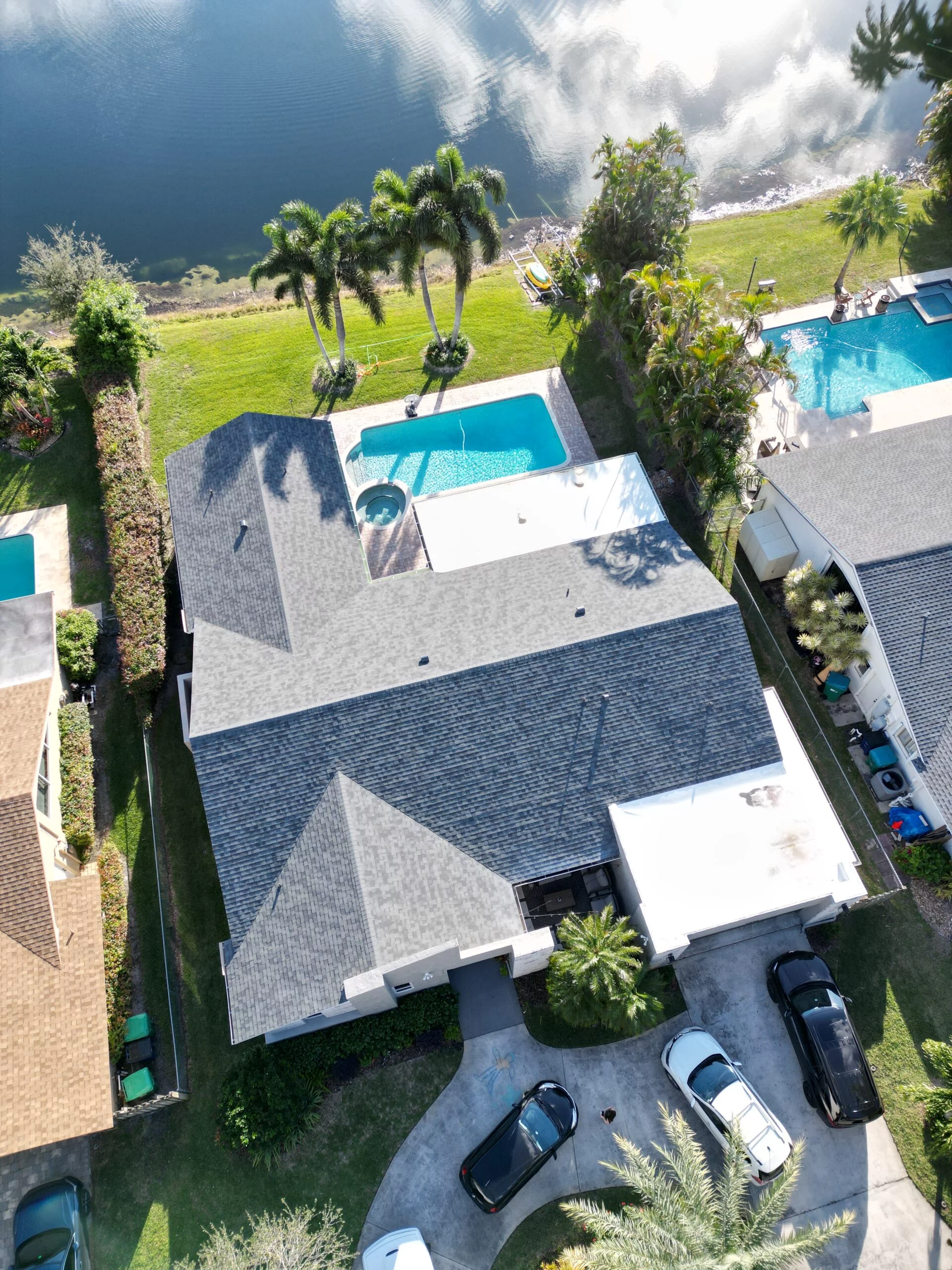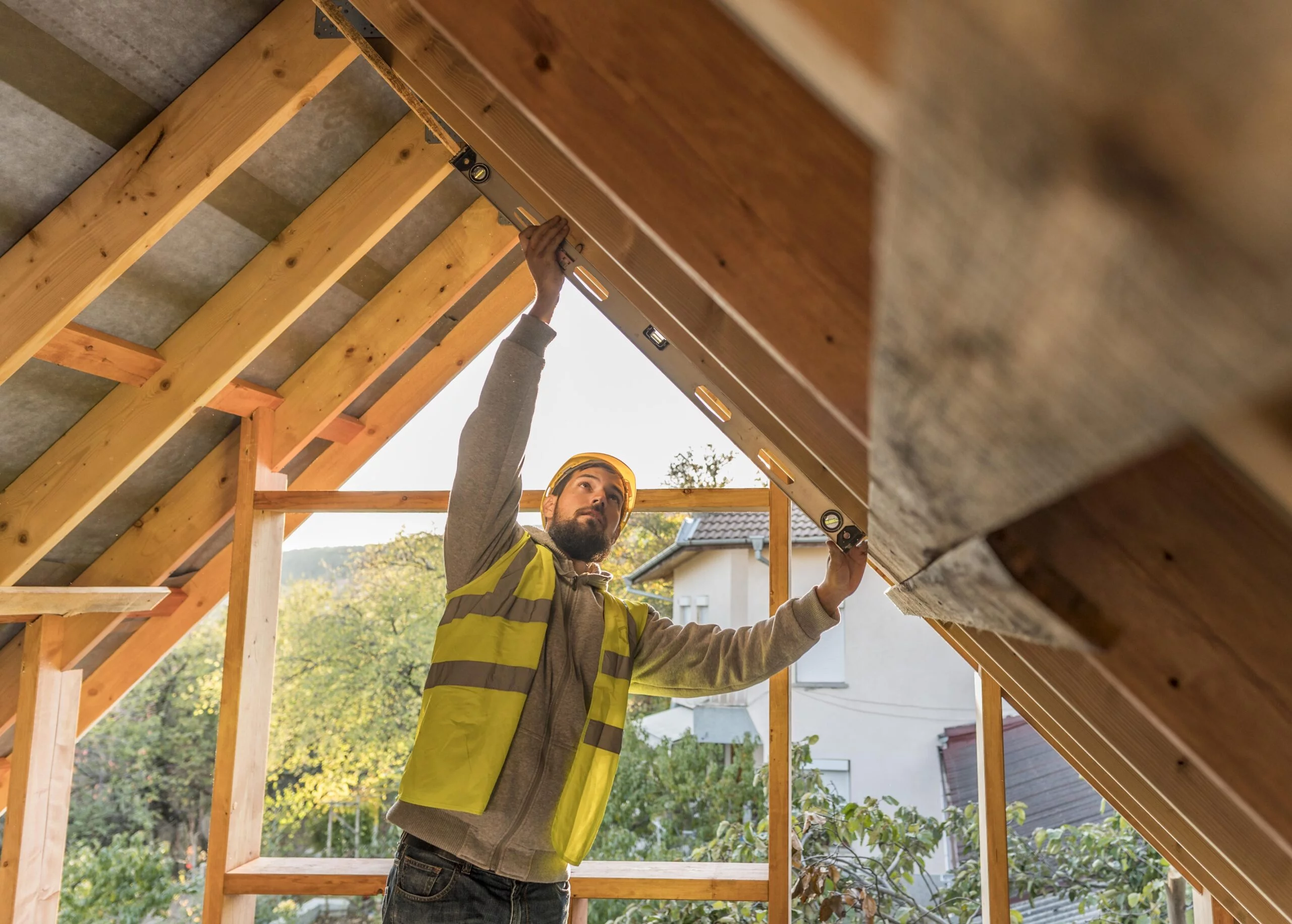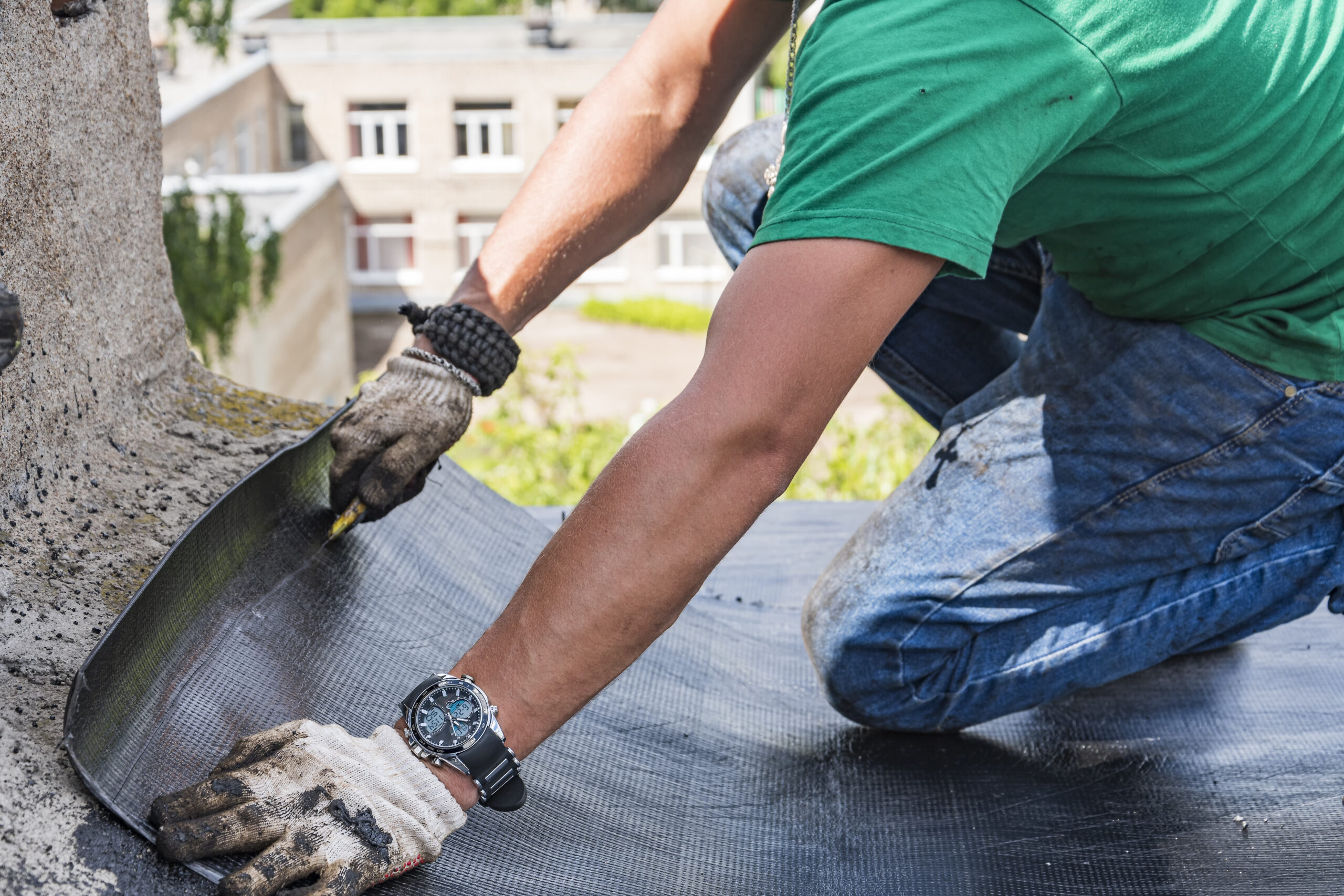
The Hidden Truth About Cool Roofing: Real Savings Revealed [2025 Data]
ENERGY STAR reports that cool roofing cuts peak cooling demand by 11-27% in buildings with air conditioning. My research tracking 127 commercial buildings in three countries over the last few years shows results that paint a different picture than what you’ll see in marketing materials. White roofing products reflect 60-90% of sunlight, which makes them stay coolest in the sun. These products are the life-blood of energy efficient roofing strategies. The system’s effectiveness changes based on climate. Cool roofs save more money in hot climates, but they can raise energy costs in colder areas when yearly heating expenses are higher than cooling savings. A cool roof’s value depends on your specific situation. Buildings in hot climates see payback in 4-7 years, while cold regions take 10-15 years to break even. Cool roofing materials can cut air conditioning energy use by up to 15% on single-story buildings. Making the right choice means you need to understand both the benefits and limits of cool roof technology. This piece will get into the real-life performance data and help you decide if a cool roof makes sense for your building. What is a cool roof and how does it work? A cool roof reflects sunlight and releases absorbed heat effectively, which keeps the building and the roof surface cooler. This concept works similar to wearing a white T-shirt on a hot summer day – white fabric reflects more sunlight and stays cooler than a black shirt. Definition and key features Two main characteristics determine a roof’s “coolness” on a scale of 0 to 1: These properties work together to reduce temperatures on the roof, inside the building and in surrounding air. A high-performance cool roof doesn’t need to be white – specialized “cool color” pigments can create darker roofs that reflect invisible near-infrared solar radiation. How cool roof technology reduces heat A clean white roof that reflects 80% of sunlight stays about 31°C (55°F) cooler than a gray roof reflecting only 20% on a typical summer afternoon. This temperature difference affects interior comfort directly. Cool roofs can lower peak indoor temperatures by 1.2–3.3°C (2.2-5.9°F) in buildings without air conditioning. Buildings with air conditioning need less cooling power, which leads to energy savings. Research shows that replacing a conventional roof with a cool roof can cut annual air-conditioning energy use by up to 15% in single-story buildings. Types of cool roofing materials Building owners can install cool roofs on almost any structure, with solutions available for both low-slope (flat) and steep-sloped roofs: Modern materials like polypropylene can selectively radiate or absorb heat in the atmospheric window, helping buildings maintain comfort year-round. Cool roofing products cost about the same as standard options. This makes them a popular choice among building owners who want to save energy. Real savings by climate: What the 2025 data shows Research from 2025 shows that climate zones determine how economical cool roofs can be. The latest data reveals fascinating insights about their performance in different regions. Hot and dry zones: Best performance Cool roofs deliver outstanding results in

